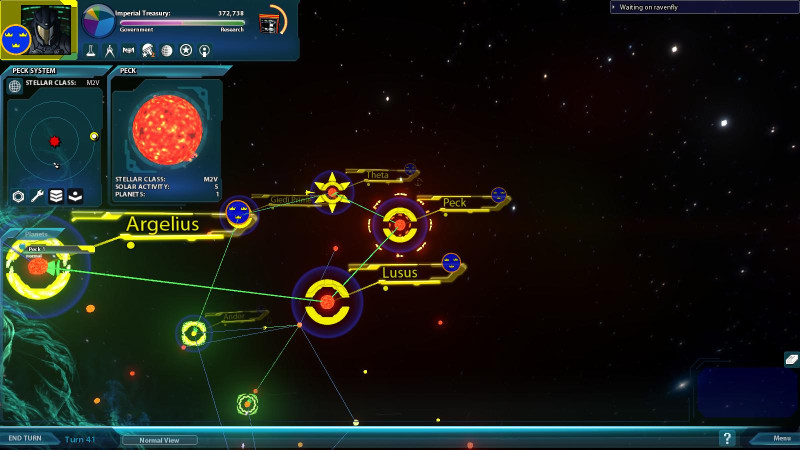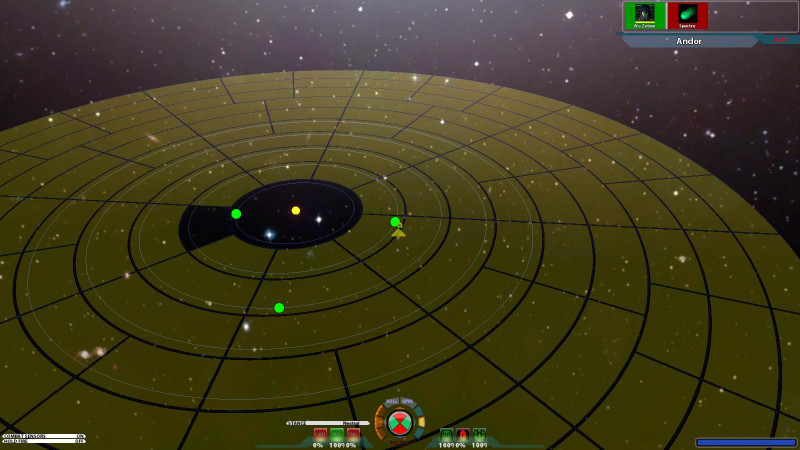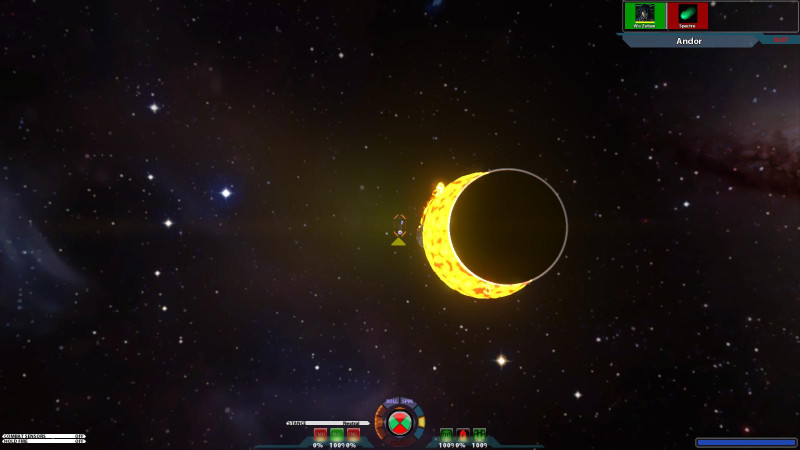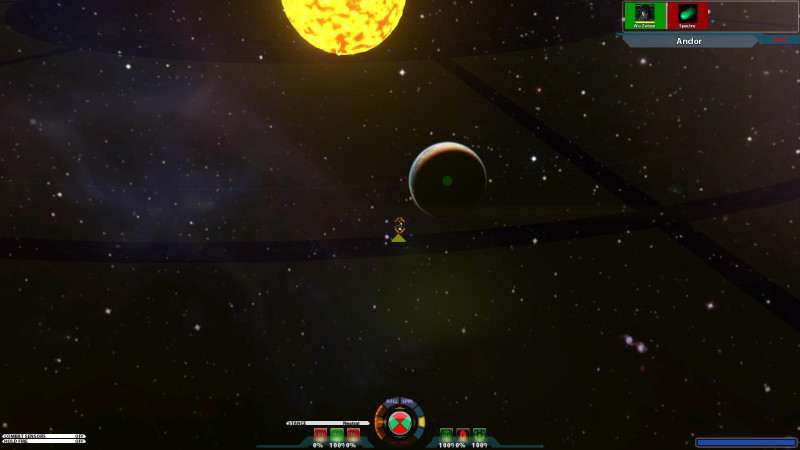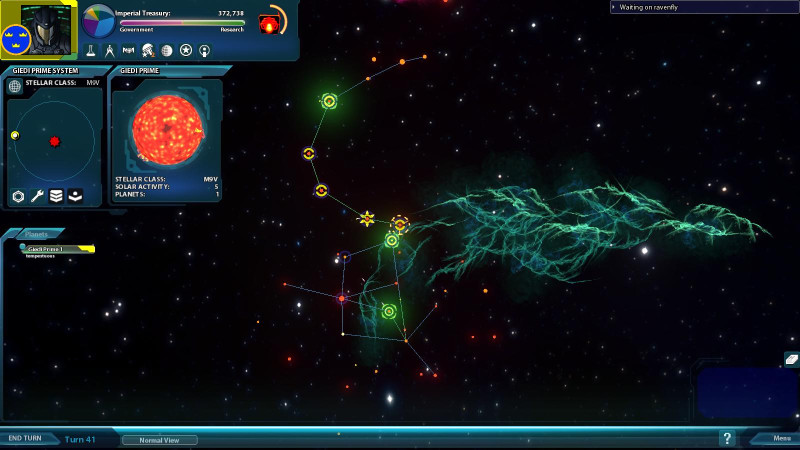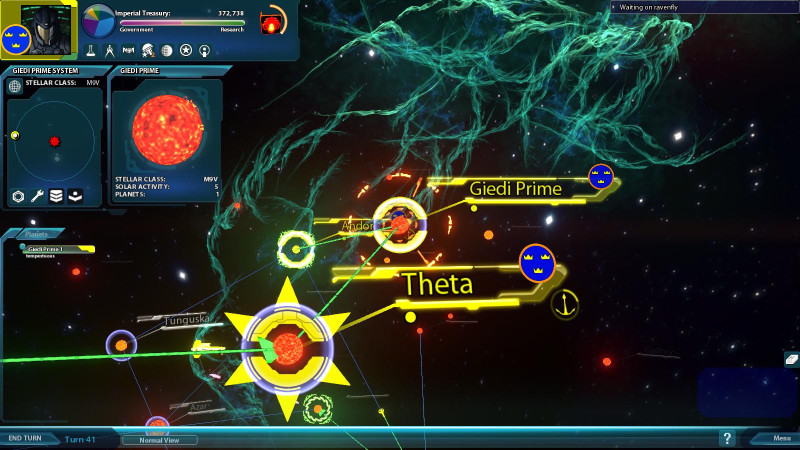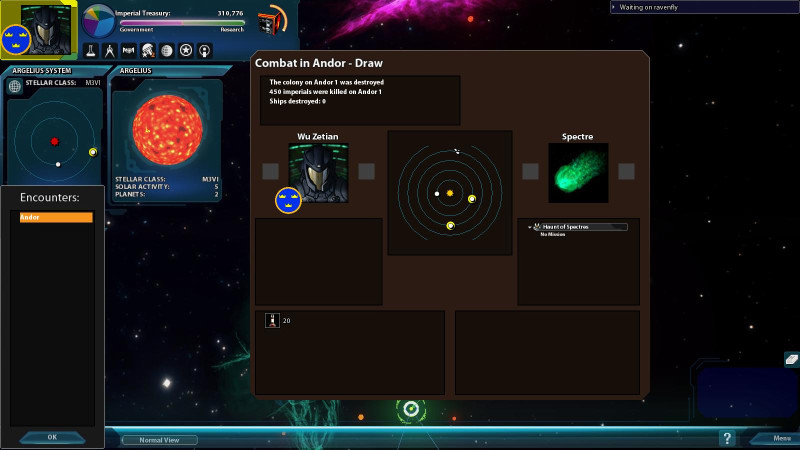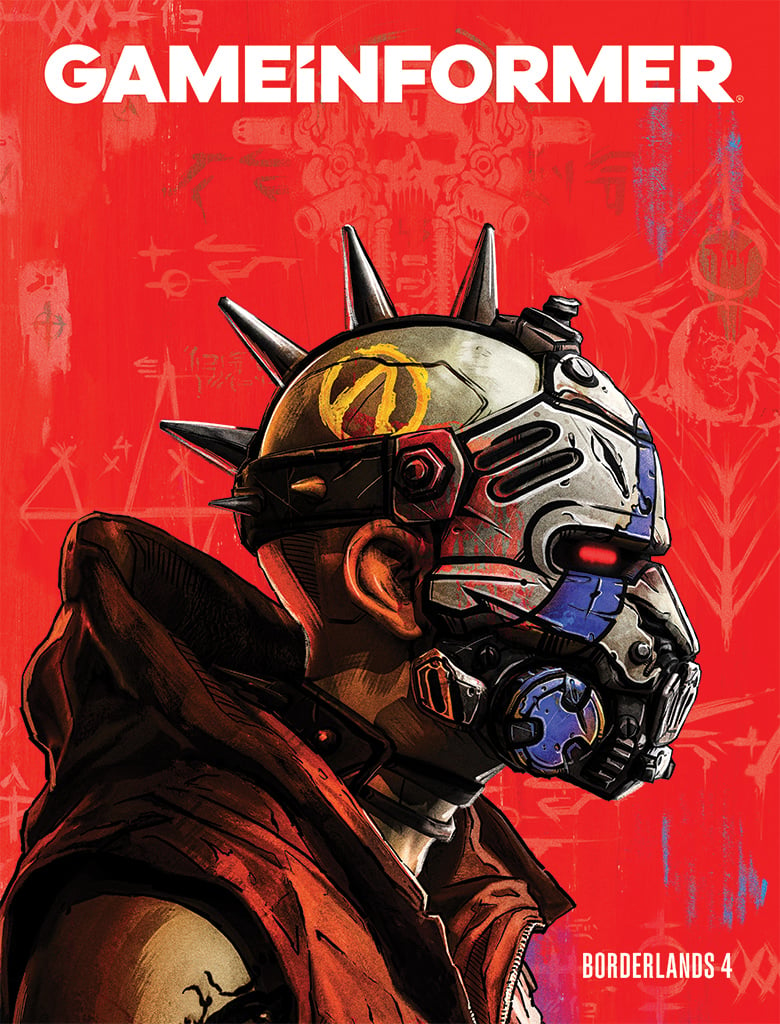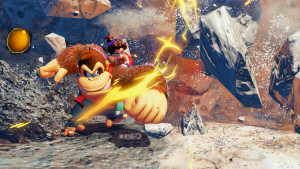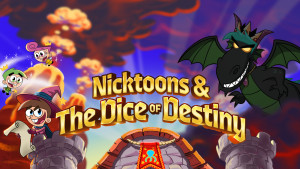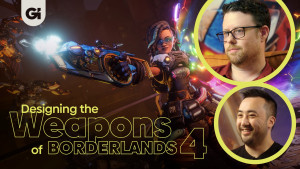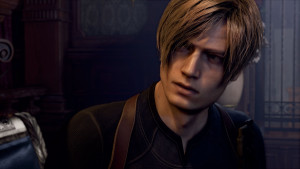Sword of the Stars II: Lords of Winter Review
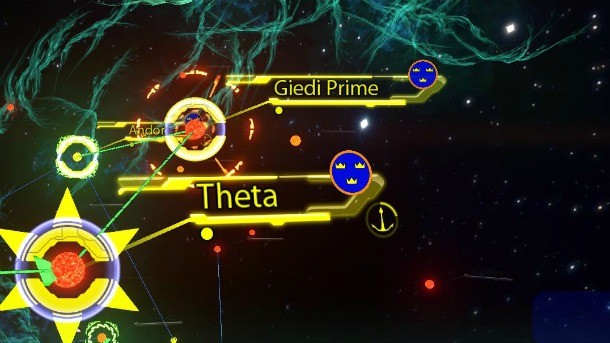
No game has ever broken my heart like Sword of the Stars II. Not even Elemental, or Stronghold 3, or even the famously terrible Master of Orion 3 made me sad like this title. I’m obviously more emotionally invested in PC games than is healthy. But beyond that I weep because this feature list reads like the space empire fantasy I’ve imagined since I was old enough to dream of conquering the galaxy, yet developer Kerberos utterly fails to make most of them work, much less combine them into a compelling game.
This sequel builds off the successful Sword of the Stars, but goes off the rails every time it deviates from that blueprint. I would have loved a simple refinement of the classic formula: develop colonies using simple sliders, colonize new systems, research new tech, and funnel all that turn-based empire building into the effort to build a galaxy-conquering fleet of unstoppable warships to command in epic real-time space battles. Instead, Kerberos bolted on a series of half-baked features that barely work. What’s worse, most of the new systems have only minor effects on the overall development of your empire, so you end up stuck dealing with minutiae for little gain.
A perfect example of this is in how star systems work. Each consisted of a single planet in the original game – unrealistic, but convenient from a game mechanic standpoint. Lords of Winter adds multiple planetary bodies and free-floating space stations to the mix, and models them all in combat. In theory, this lets you do fun things like hiding defensive fleets behind a moon and ambushing invading enemies after they’re drawn deep into the star’s gravity well and can’t easily jump away. In practice, you spend most of your time flying around the system looking for the enemy and maybe have enough time to exchange a few shots before the combat timer expires. Similarly, ships have separate armor ratings for each side of the hull, and you can roll, spin, and move between three planes to simulate 3D space combat. Neat, right? Except you have no time for that when you’re fighting with the terrible controls to perform even the most basic of maneuvers.
On the empire front, you still manage the majority of your worlds’ development through basic sliders that allocate resources to construction, trade, terraforming, ship building, and infrastructure development. However, now you have the ability to divide your holdings into provinces and designate capital worlds. This is supposed to lend the game an internal political dynamic closer to real-life empires, but in terms of gameplay you spend a bunch of time trying to understand the obscure, poorly documented rules about trading to squeeze a marginal efficiency boost out of your economy.

Amid a sea of garbage, fleet management and space stations are two bright spots that make me think that Kerberos’ vision may eventually shine through. Forcing players to organize their ships into fleets that perform discrete missions like surveying, colonization, patrolling, pirating, or invasion is an interesting restriction that gives meaning to naval bases and a real sense of territory control. Space stations come in several flavors, and with limited slots around your colonies you have to make decisions about how to specialize each world. The bonuses from high-level stations are critical to an empire’s economy, research, and construction.
Even so, every time I get a good head of steam built up – let’s say I’m developing new colonies into industrial powerhouses and rolling a sweet new ship model out – I ran into a frustrating, unexplained new mechanic or an all-too-common crash. For instance, take first contact with another race. To open diplomatic relations, I first have to build a space station to generate diplomacy points so I can make proposals, plus complete the slow grinding research of how to talk to them at all. Great. It’s easier to just blow them up. I form my fancy new ships into a fleet – make that three separate fleets, because I don’t have enough command points and I haven’t researched better communication technology and built new command & control ships yet. I attack with my split force, but finding their in-system defenses takes too long in the real-time combat. The timer runs out before I blow them up, so I can’t invade. At this point, I usually give up.
That’s a good session with Sword of the Stars II; most of them end far sooner with me physically angry at the ubiquitous interface lag, nearly useless manual, a random event that blows up one of my colonies with no warning, or some other frustration. I love the ideas at play here, but the horrific implementation adds complexity and obfuscation with little commensurate gain in strategic depth. I hope Kerberos’ constant patching (the week-plus since launch has already seen several updates) will eventually turn this into the game it could be. Right now, it’s a mess that everyone should avoid.

